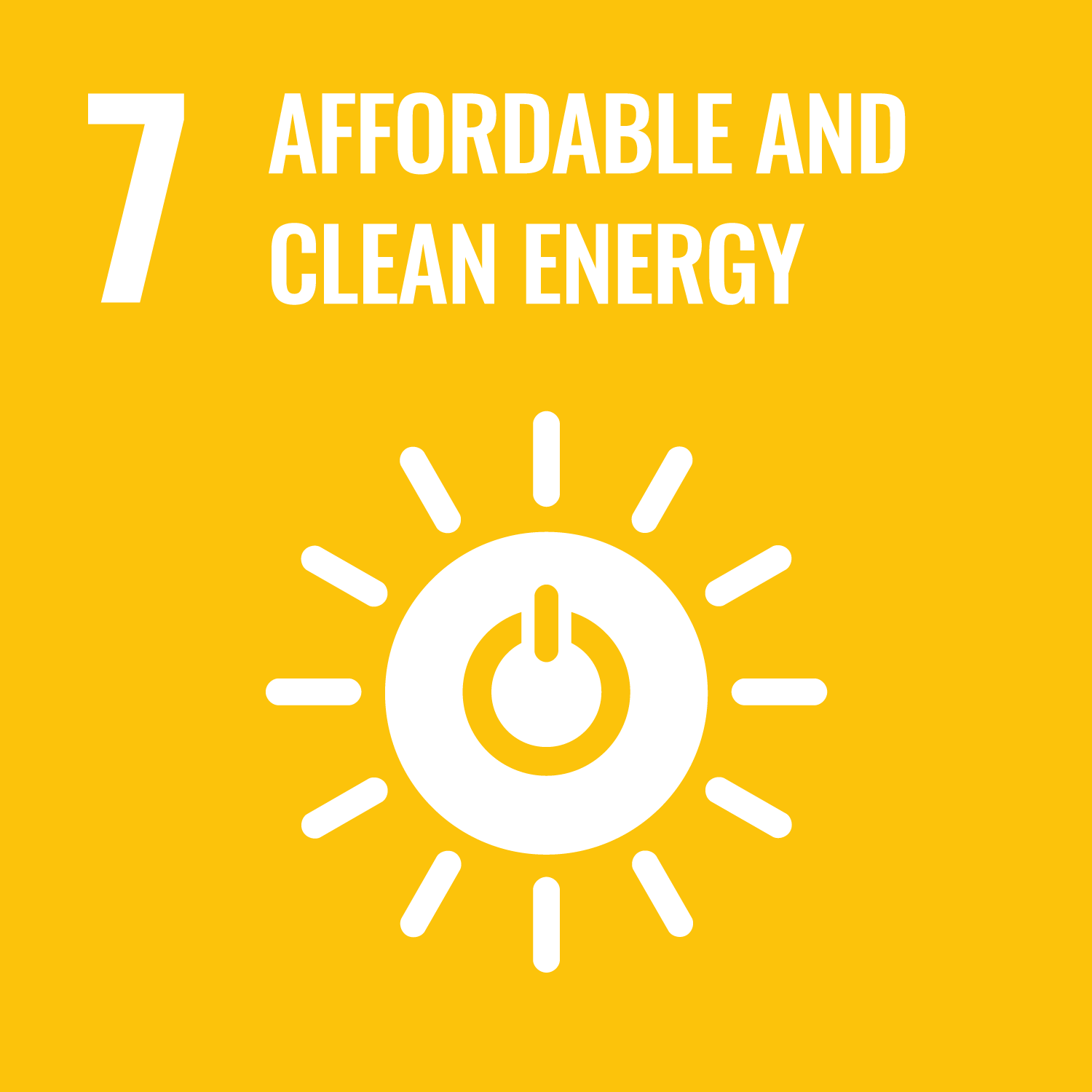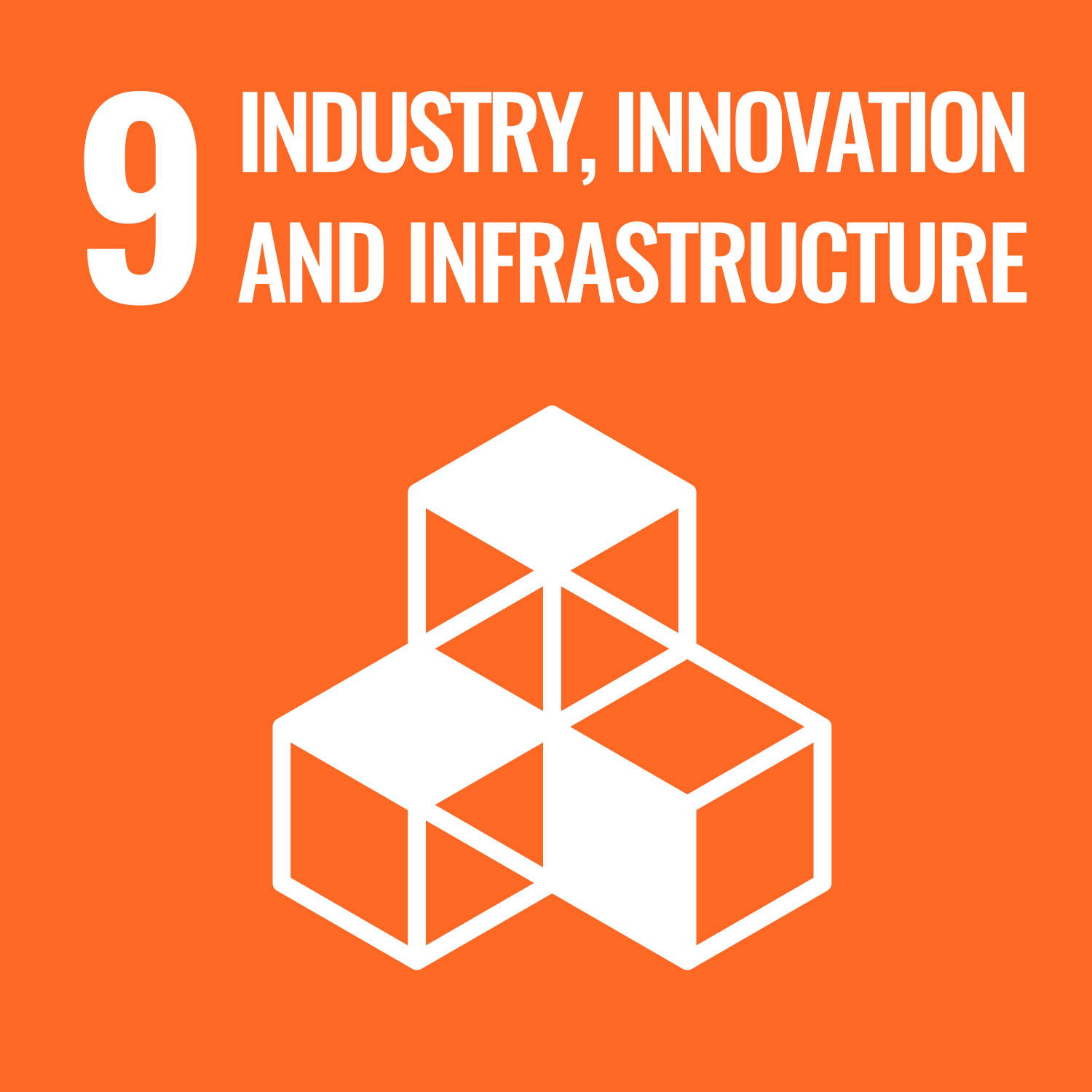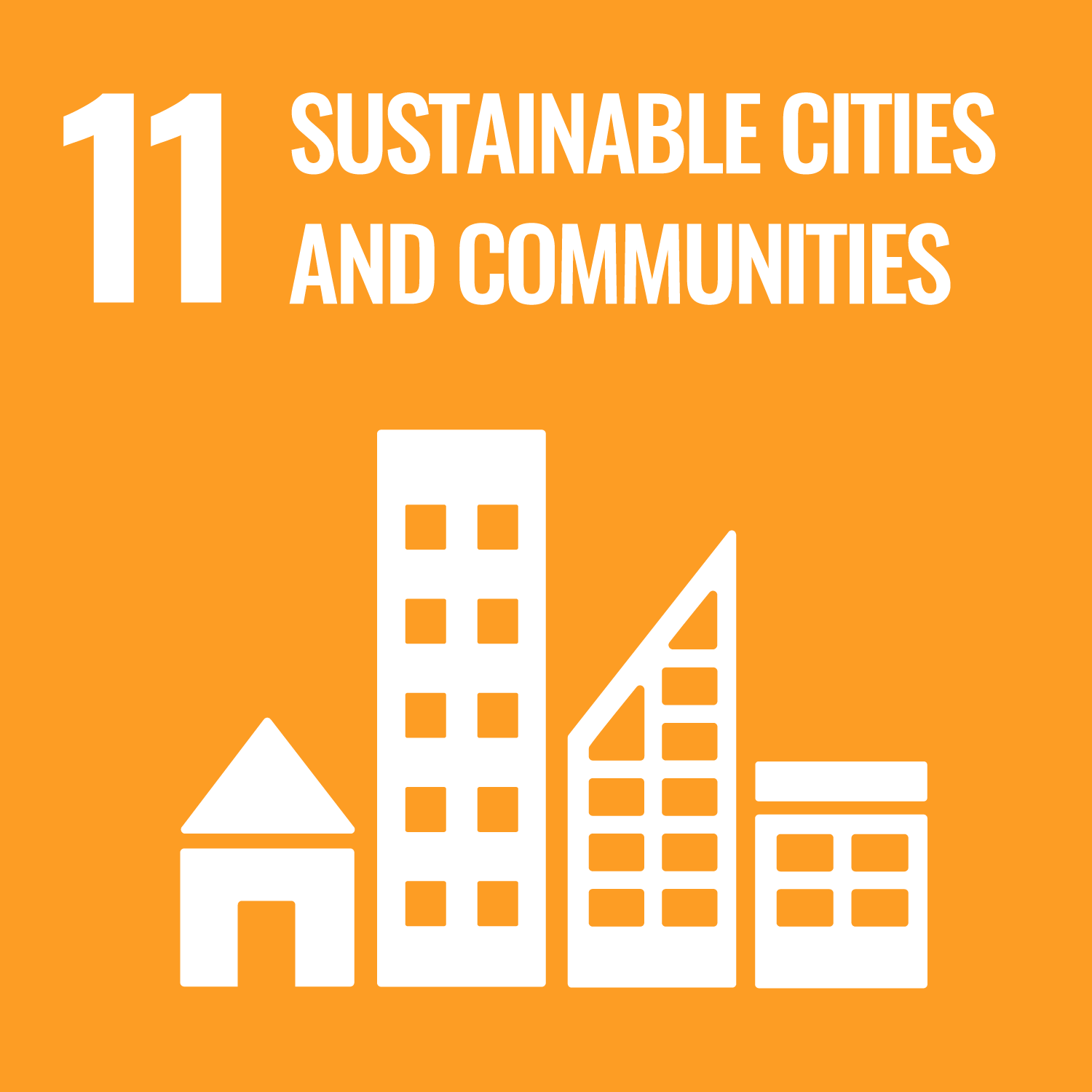LCS-FY2019-PP-19
An Empirical Study of Regional Carbon Emission Reduction Potentials by a Smart Integration of Buildings and Mobility Energy Systems
Summary
In response to the Paris Agreement, Japan has pledged a 26% reduction in carbon emissions from its 2013 levels by 2030, and aims to reduce emissions by 80% by 2050 as it strives towards zero-emissions. As carbon emission reduction options in the building and transportation sectors, ZEH (Zero Energy Houses), and ZEB (Zero Energy Buildings) equipped with photovoltaics (PV), and the dissemination and integration of electric vehicles (EV) are expected to make major contributions. The electrification and changes in energy demand structure will affect energy supply structures, especially the power generation mix. The quantitative evaluations of these new systems, however, have not been well investigated.
This report quantitatively evaluates the potential energy demand changes and CO2 emission reductions in the buildings and vehicles of households brought by the integration of energy supply-demand systems including ZEH/ZEB technologies, PV installation and EVs taking into account regional variation. This evaluation consists of 6 steps: 1. Overview of the assessment, 2. Regional assessments of PV and heat insulation effects in the residential sector, 3. Integration of residential energy systems and EV adoption, 4. Preliminary assessment of interlinkages among residential building, other buildings and EVs, 5. The current status of ZEB and review of Smart City projects.
First, we show the outline of the energy demand structure and also the evaluation procedure.
Second, we conduct a per-region evaluation of the changes in the energy demand and CO2 emissions of the residential sector by implementing efficient heat pumps (HP) and ZEH building designs. Third, the effects of EV replacement are the evaluated based on the survey reflecting the regional differences in driving patterns. The results show that the high-efficiency energy facilities and EVs would reduce CO2 emission by around 30% and that ZEH/ZEH-M with sufficient PV provide a 87.3%~96.7% reduction in CO2 emissions for detached houses and a 71.5%~94.8% for apartment houses, provided all excess PV output is fully supplied to power utilities and substitutes existing power generation.
Fourth, we further perform preliminary simulation of cost minimization in regional energy models to see the hourly effects of the integration of utility, PV and the demand for EV charging. The results show 35% reductions in CO2 emissions compared to the conventional system along with cost minimization. Trade-off simulation between cost and CO2 emission suggests that 8% additional cost provides additional 5 points CO2 emission reduction by increased PV and battery capacity.
Fifth, we review the current status of ZEB based on the literature. Even if all new buildings are converted to ZEBs from 2020, their share in the total building stock in Japan will be 18.6% by 2030 and 52.0% by 2050 assuming a 50 year lifetime for commercial buildings, whereas only 13 “ZEB” buildings are registered currently. We compare the current data with an existing study performed in 2001, suggesting that new buildings achieve around 21% energy conservation.
Sixth, “Smart City” which includes feedback from producers to consumers via ICT is often seen as a vision of the future. Because empirical studies have not been performed, we reviewed the reports of Initiatives for Establishing Smart Communities conducted by METI. While the purpose and structure differ from project to project, it was shown that Demand-Response systems can reduce energy consumption by approximately 30% based on case studies.
As a whole, the current study shows that the integration of ZEH/ZEB, PV and EVs offers a large potential reduction of CO2 emissions, but the setting of power purchase prices, promotion of ZEH/ZEB and the need for the development of regional management systems of EV charging are essential. The integration of this study with power generation planning and the potential of other regional renewable energy sources is a topic for further study.
All Pages
Related Proposal Papers
- Economic Evaluation for Low Carbon Electric Power System Considering System Stability (Vol. 3): Technological Development Issues of Low Carbon Electric Power Systems in 2050
- Policy Recommendation toward Low Carbon Society on Promotion of Energy Saving in Household Sector(Vol. 3)
- Proposal for Implementing Pay-As-You-Save Scheme for Energy Efficiency Improvement in Residential and SMEs
- Study on Modeling for Medium-to Long-term CO2 Emissions Forecasting in the Residential Sector
- A Study on the Urban Distributed Energy System Design Including New Energy Conversion and Storage Systems, Unused Heat Sources, and Net Zero Energy Building Technologies




